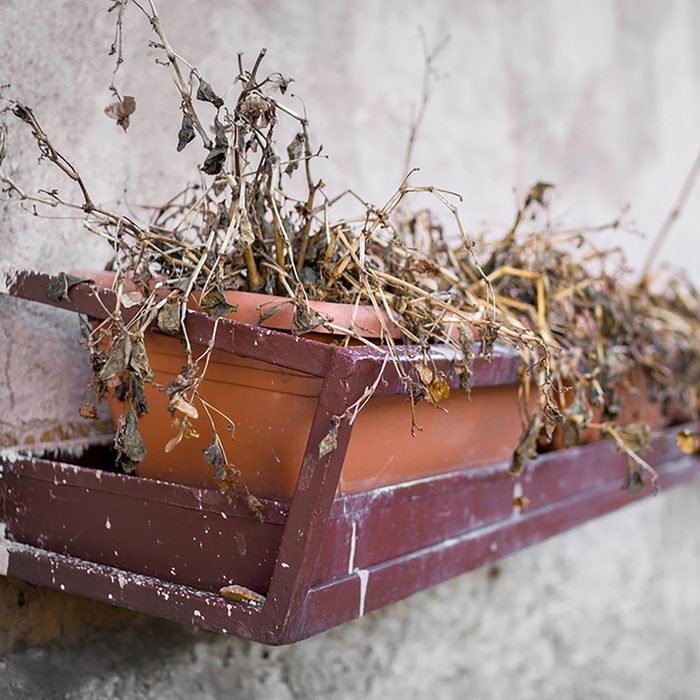
Step 1: Look for signs of life
If your plant has turned brown and lost some leaves, don’t give up on it just yet. There is hope that you can revive a dead plant if the plant still has a few green leaves and pliable stems—buds are a sure sign too. Melinda Meyers, star and producer of Melinda’s Garden Moment TV and radio segments, says that reviving a plant takes patience (sometimes even years).
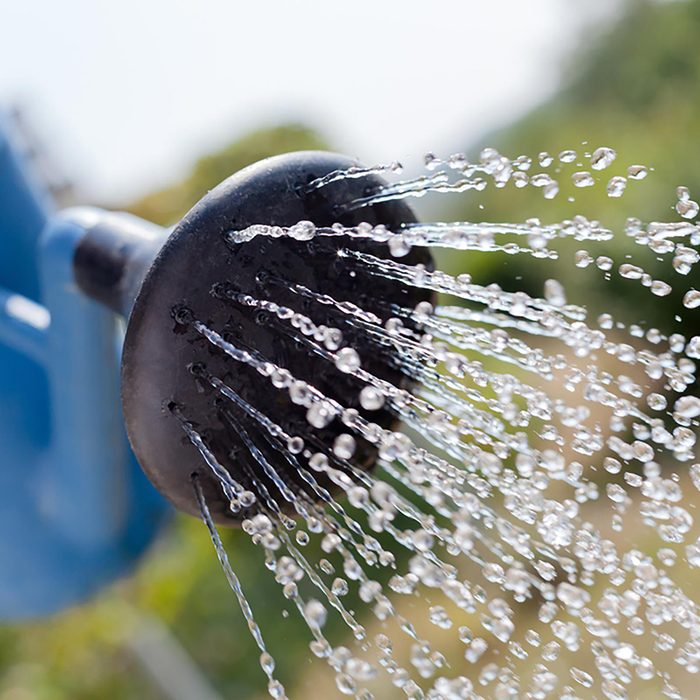
Step 2: Think about the water
Plants that are over-watered appear wilted and may have brown or yellow leaves that make it look dead but with very moist soil. By contrast, if you have forgotten to water your plants, the leaves will be brown but dried around the edges or curled up. Kristena LaMar, master gardener in Oregon, says that if you suspect over-watering is the cause of your plant’s demise, repot your plant in dry dirt. And if your plant is thirsty, water it! However, hold off on fertilizing until the plant is in better health. Meyers warns that “fertilizing a struggling plant can injure the tender roots of a recovering plant.” Prevent pests that can decimate your plants with these DIY solutions.
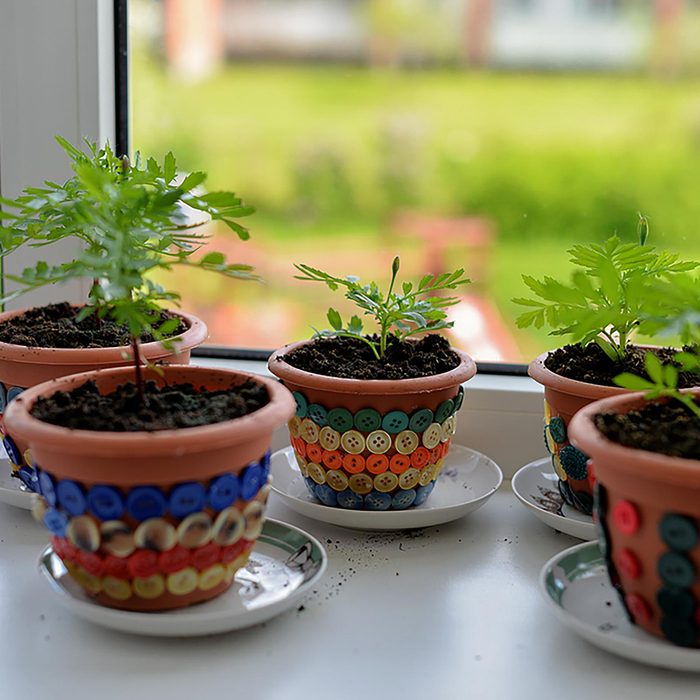
Step 3: Consider your lighting situation
If you recently moved your plant to a new spot, it’s possible it’s no longer getting enough light. Even if you didn’t move it, it’s possible its lighting situation changed. Did you recently buy heavier drapes? Plant a tree outside that’s now blocking the indoor sunlight? Try moving your plant to a sunnier window if it needs a lot of light. (Same goes with a plant that’s now getting too much sun; try a different location in your home.)
These low-light houseplants thrive in near darkness.
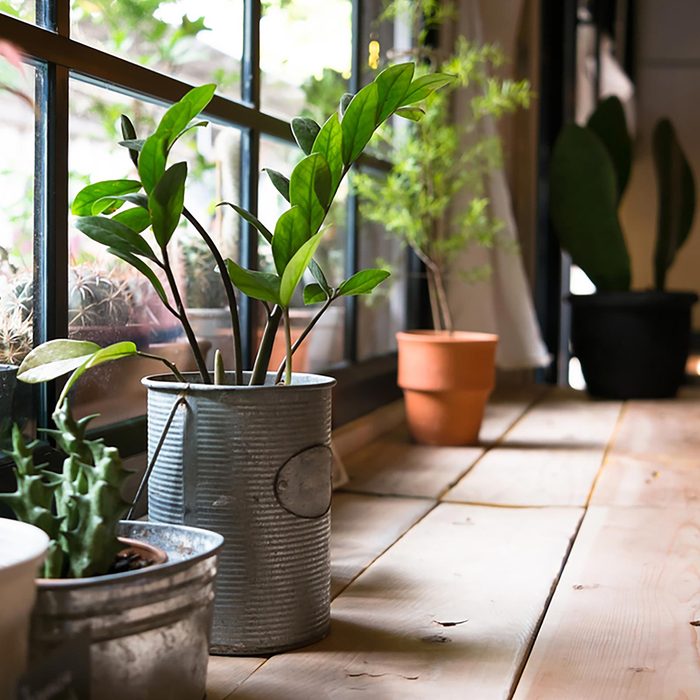
Step 4: Find a humid spot
Plants absorb water through leaves as well as roots. So keep your plant in a humid spot that’s not too sunny and not too dry to help it recover.
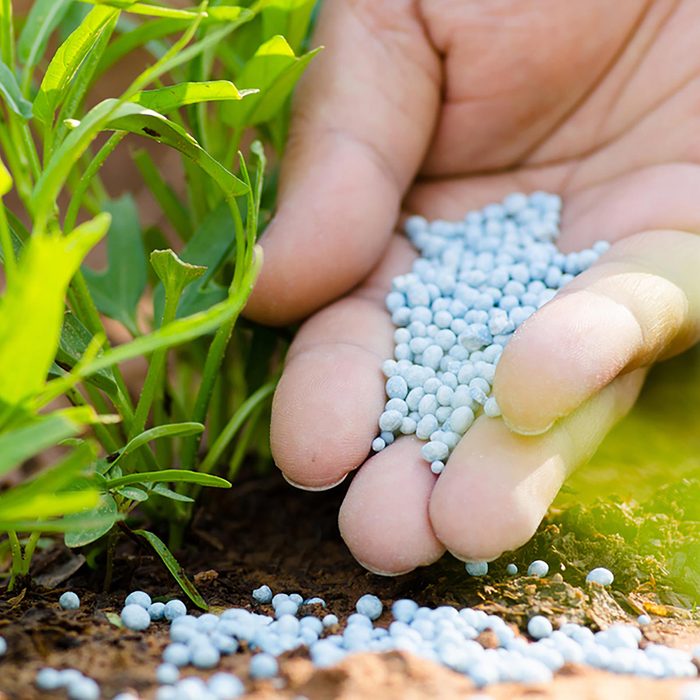
Step 5: Feed your plant carefully
People and pets aren’t the only things in your house that need food; plants can get malnourished, too. (Signs are discolored leaves or slow or no growth.) Meyers recommends Milorganite as a fertilizer/nutritional supplement. Depending on the nutritional deficiency, providing nutrition can help the plant recover nearly immediately within days. Other deficiencies may take longer—as in weeks—while others are chronic and may not ever fully recover, although these are rare with houseplants.
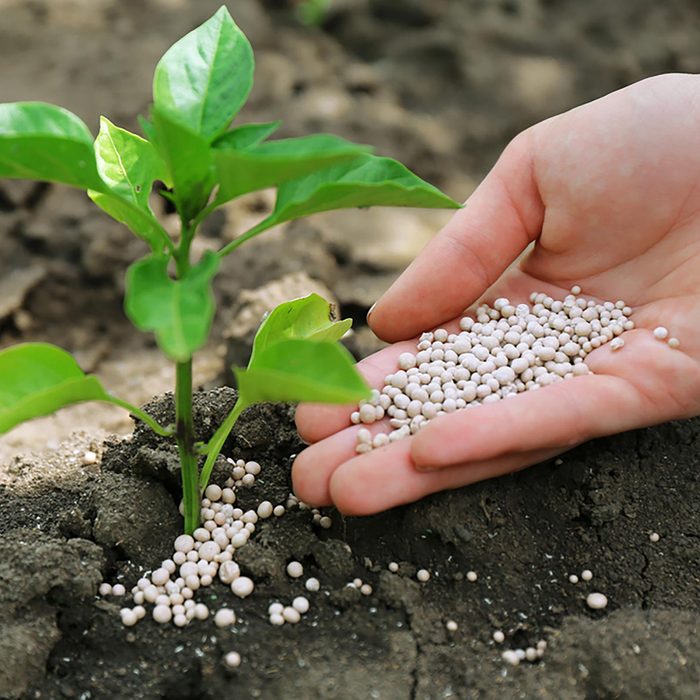
Step 6: IV for plants
Another option for malnourished plants is a water-soluble fertilizer that will slowly release nutrients and is less likely to burn your plant’s roots. Add it to the watering can before watering plants. Only use fertilizer during the time when your plant should be growing, during the months of March through September. Over-fertilizing or using the wrong fertilizer can burn the roots of the plant.
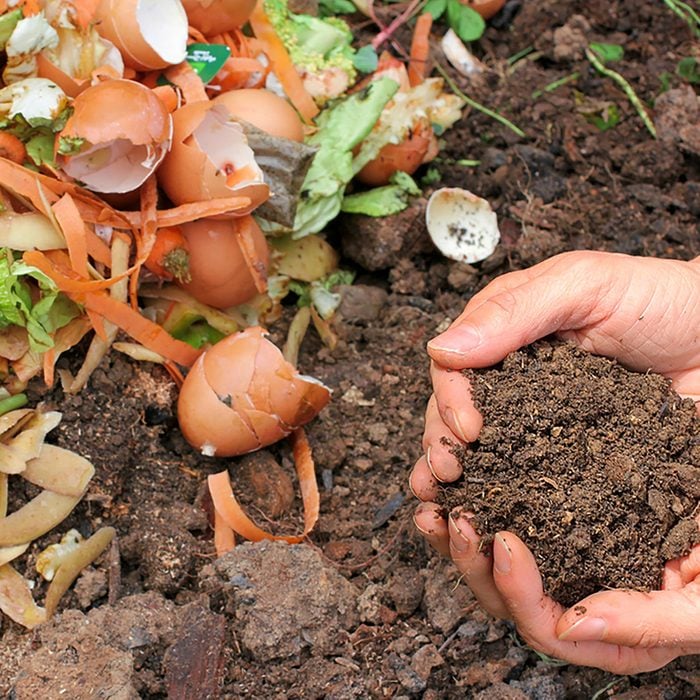
Step 7: Compost
If you’ve tried everything, and your plant still can’t be revived, it might be time to let go. By composting your plants, the remains can be recycled as nutrient-rich dirt that can help your next houseplant thrive. Don’t beat yourself up—and next time buy a hearty, nearly kill-proof cactus. Find out the 11 secrets your garden center won’t share with you.